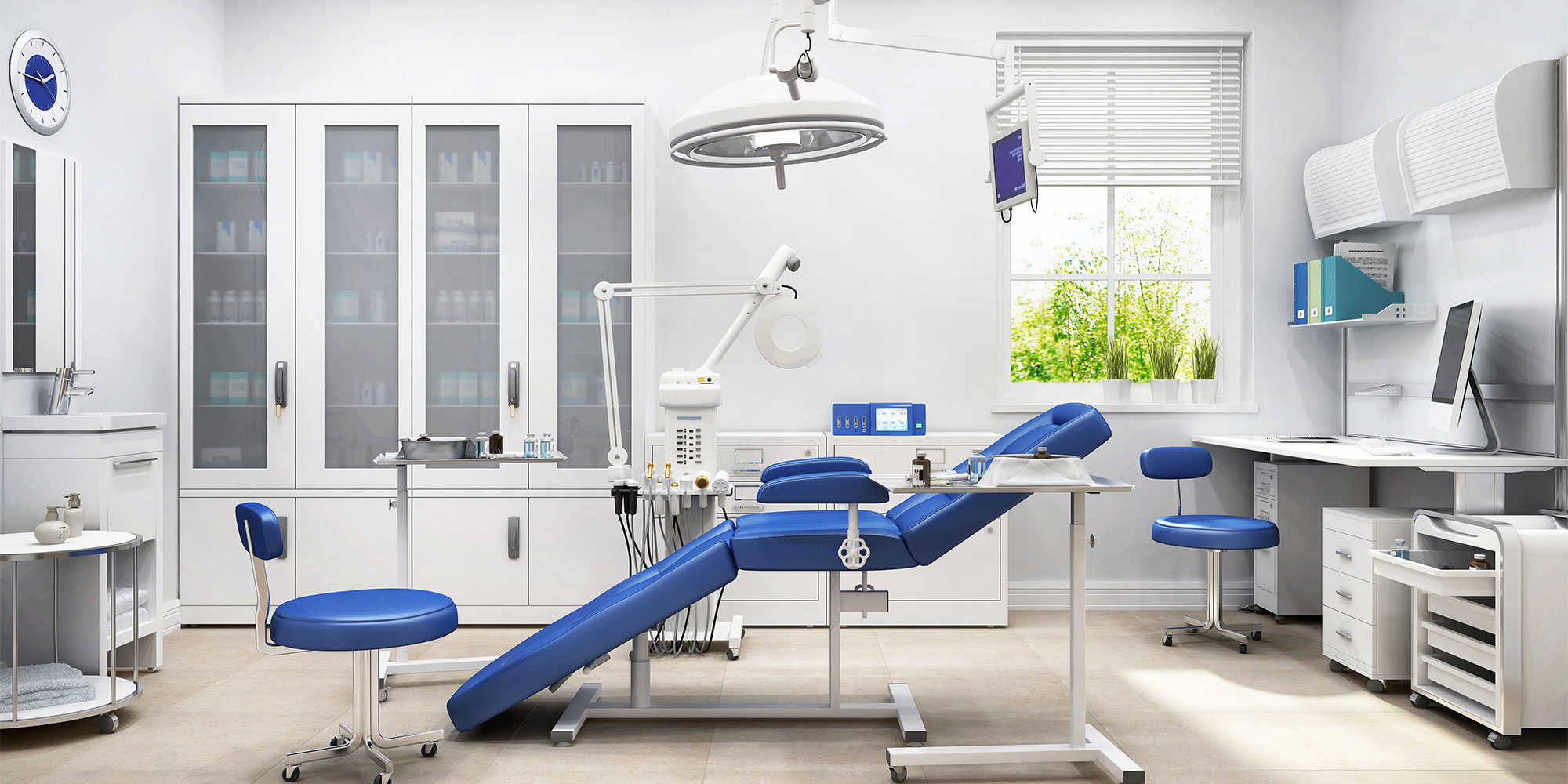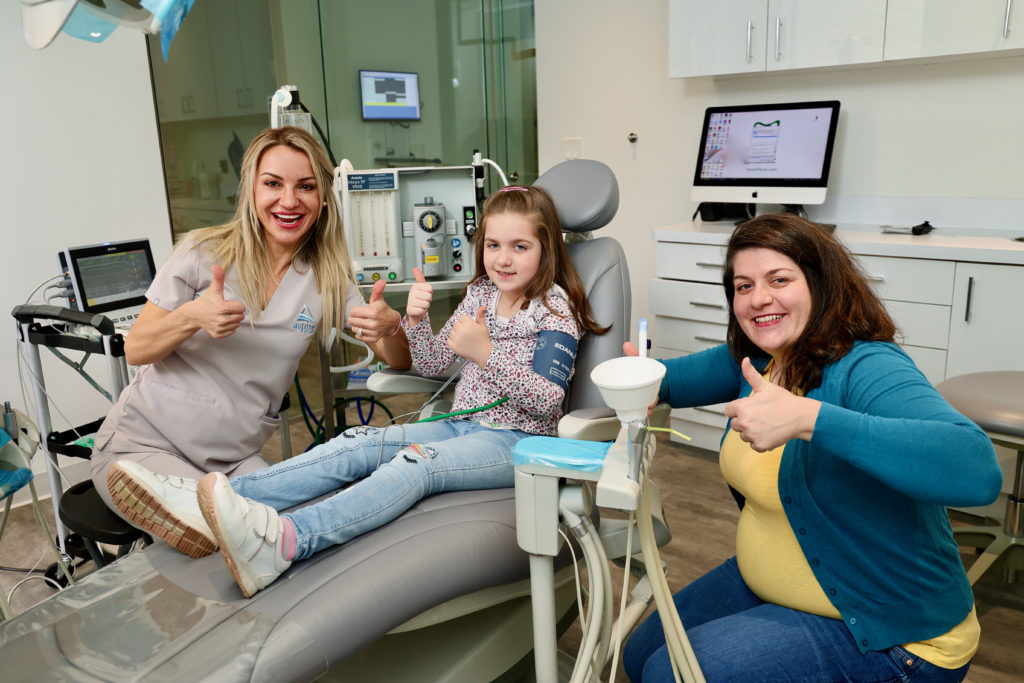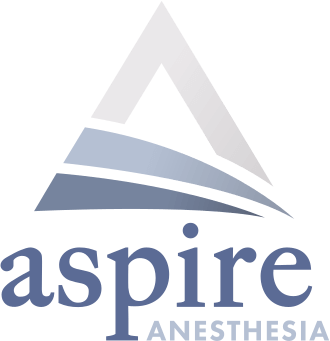
Understanding Anesthesia
We know that dental anxiety, whether toward a visit to a dentist or an oral surgeon, affects millions of Americans across the country. We also know how to help you overcome it. Making you as comfortable as possible—and your treatment as painless as possible—is our sole purpose. As a licensed dental anesthesia provider with mobile services, Dr. Konstantina Giesberg has had years of specialized training administering advanced sedation and general anesthesia for a variety of dental surgeries. We have one of the most advanced anesthesia delivery systems available which will enhance your safety and comfort. If you’re anticipating a surgical procedure with anesthesia options in New York or Connecticut, choose our compassionate sedation specialist whom you can trust.
Why Anesthesia?
Approximately 25% of people have anxiety and concerns of pain with dental procedures. Anxiety can suspend and delay treatments making dental issues to become further worsened. Anesthetics used in dentistry has been around for over 175 years. The first recorded procedure with an anesthetic was done in 1846 by a dentist in Boston. The medical profession quickly realized the importance and gained global acceptance that was created from the dental profession.
Today, anesthetics have become technically advanced in helping patients feel comfortable during dental procedures. There are currently many different options available, and anesthesia can lead to confusion when trying to understand the varieties and types.
We will try to simplify things to help you better understand anesthesia.

Common Types Of Anesthetics
The term anesthesia means: insensitivity to pain. There are many options available to administer anesthesia. Medications can be used alone, or combined with other medications treatments for more intensive effects.
The type and amount of anesthetic used depends on many factors, including the patient age, height, weight, health condition, type of procedure, length of procedure, allergic or negative reactions.
Anesthetics can work in different ways, depending on the quantity and what is used. It can be short acting if applied directly, or acting longer if a more involved surgery is necessary.
Successful performance of dental anesthesia is contingent upon:
1. The medication.
2. The procedure.
3. The patient’s personal health condition.
The Common Types of Anesthesia are:
Local Anesthesia
Local anesthesia is used for simpler procedures like cavity filling, which requires a shorter time to complete and generally less complicated. It is typically used to numb a specific area, so you won’t feel pain.
Most local anesthetics take effect quickly (within 10 minutes) and last up to an hour. Local anesthetics are available over the counter and as prescription in gel, ointment, cream, spray, patch, liquid and injectable forms. Sometimes local anesthesia is combined with a mild sedation in order to help relax patients.
Lidocaine is the most commonly used local anesthetic as it seems to have the least amount of allergic reactions.
Mild Sedation
There are several strategies to achieve minimal sedation for dental patients. Depending on your health, anxiety, and procedure — mild dental sedation may include nitrous oxide gas or oral sedation medications. A combination of inhaled gas and oral medications can also be performed to increase and/or extend the sedation necessary.
Moderate Sedation (Our Concentration)
For procedures where moderate sedation is recommended, intravenous (IV) sedation will be deployed. This twilight state maintains patient consciousness while they remain mentally unaware.
Administering medications via IV requires continual monitoring of heart rate, blood pressure and breathing during moderate or deep sedation/general anesthesia.
Deep Sedation/General Anesthesia (Our Concentration)
Deep sedation strategies or general anesthesia are used for complex, advanced, and lengthy dental visits including oral surgery and full mouth rehabilitation (All-on-4 or All-on-6) or dental implant surgery. Similarly, they are administered via IV. The patient rests unconsciously throughout the procedure.
